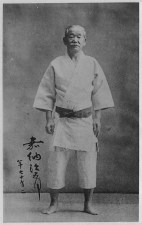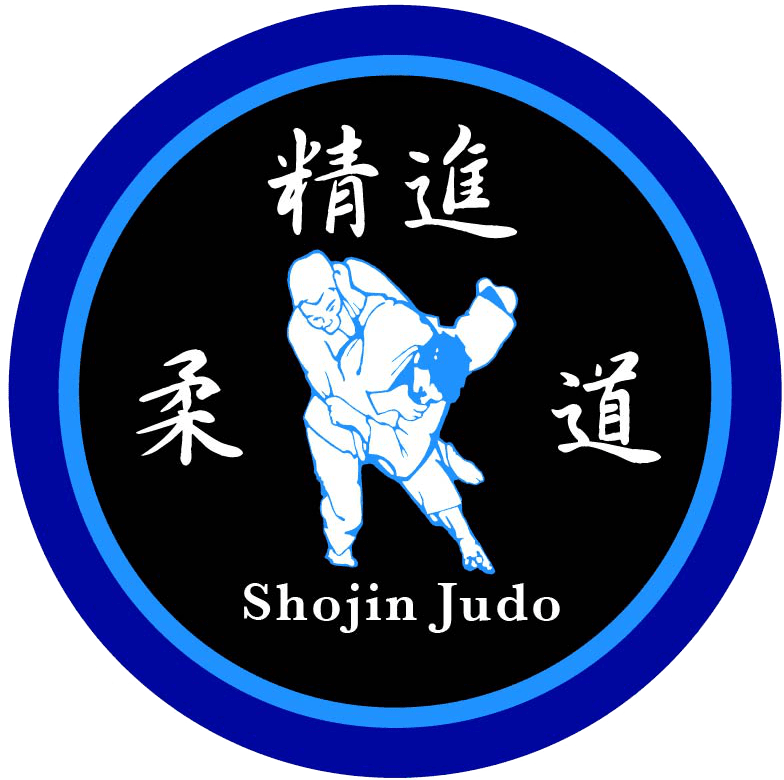Judo History
History of Judo in Japan

Jigoro Kano, founder of Judo
Jigoro Kano was born in 1860 and became an excellent student of the martial arts. He consolidated and refined what he considered the best of the techniques from the various martial arts existing in Japan and developed a new system for the purpose of human development (mind, body, and spirit). His goal was to create a martial way could be practiced safely and without the risk of serious injury. To that end, he removed techniques that he deemed dangerous or unsafe for use in practice.
In June of 1882 Professor Kano founded the Kodokan Judo Institute (or “Home School of Judo”) in Tokyo, Japan. There, Professor Kano taught his new set of techniques and style, which he called Judo, which literally means “the gentle way.” Like its predecessor, jujitsu, the techniques in Judo use an opponent’s strength to the opponent’s disadvantage. A few years after its founding it was challenged by the traditional jujitsu disciplines, a common practice at that time. To test Judo, a tournament was scheduled on June 10, 1886 at the Tokyo police headquarters. The techniques from the winner of this tournament were to be used to train the Tokyo police. Ten matches were arranged. Out of the ten matches the Kodokan contestants won nine and tied one; they did not lose any. This tournament firmly established Judo as a respected discipline within Japan and it spread throughout the country.
International Judo
Although Dr. Kano died in 1938, Judo continued to expand and develop internationally through the efforts of the Kodokan. In 1951, the International Judo Federation was founded, which expanded over time to unify the various judo federations around the world and now governs Judo in the Olympics. In 1964, Judo was introduced as an Olympic sport at the Tokyo Olympics, and was reintroduced at the Munich Olympics in 1972. Today, Judo is practiced by millions of participants and is reportedly the second most popular participant sport in the world.
USA and Michigan Judo
The history of Judo in the United States spans over a century. In 1902, Samuel Hill invited Yamashita Yoshitsugu, an instructor from the Kodokan, to teach judo to his children so they could learn the ideals of the samurai class. Yoshitsugu then moved to the District of Columbia where he began his teaching. In 1904, he was invited to meet President Theodore Roosevelt who ended up studying with the instructor and achieved a brown belt.
Judo eventually spread from that point throughout the United States, but did not develop significantly on a national basis until the conclusion of World War II. After the war, many American servicemen who had studied Judo in Japan during the occupation returned home to teach it. They, along with existing Japanese communities throughout the United States, helped to establish Judo as one of the most practiced martial arts in the United States in the 1950s and 1960s. When Judo was first officially accepted as an Olympic Sport for the 1964 Tokyo Games, the United States sent a team that would include a bronze medal winner — a significant achievement for the U.S. Judo community. In 2012, The United States received its first ever Olympic Gold Medal in Judo, when Kayla Harrison won the women’s −78 kg division at the London Games.
Judo is governed primarily by three national organizations in the United States. The first of these is the United States Judo Federation (USJF) (originally the Amateur Judo Association, and later the Judo Black Belt Federation (JBBF)), which was founded in 1952, As late as 1955, the JBBF was the only Judo federation in the United States. In 1967, it changed its name to the United States Judo Federation. In 1969, an association of black belts of the USJF known as the Armed Forces Judo Association became the United States Judo Association . With the introduction of the Amateur Sports Act of 1978, a new organization, United States Judo, Inc; (now branded as USA Judo), was created to serve as the National Governing Body for the Olympic Sport of Judo in the United States. Today, all three organizations work collaboratively to promote and develop Judo.
Locally, Judo has a strong tradition in Michigan and the metro Detroit area. Perhaps one of the most well known instructors was John Osako, a former Pan-American Champion, who developed the Detroit Judo Club in the 1950s. The Club was at one point the largest non-profit judo club in the United States and produced many practitioners, included several who still practice and teach Judo today.
Today, Judo in Michigan is promoted by Konan Judo, the Yudanshakai (or regional association of black belts) under the USJF that serves Michigan and surrounding Midwestern states. Shojin Judo is an active member of Konan Judo and Judo Affiliates of Michigan (shared site with Konan) (affiliate of USA Judo).


